Beaten copper sheets?
plateaugal
19 years ago
Related Stories
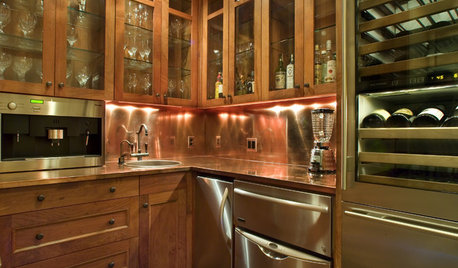
METALCopper, the Dynamic Topper
Time changes copper’s appearance on walls, fireplaces and more, but your love of its look may spring eternal
Full Story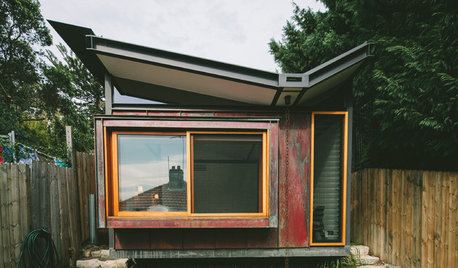
CURB APPEALModern Materials: Copper, Architecture's Natural Beauty
The rich patina is just the beginning — copper for home exteriors is strong, shapable and highly recyclable
Full Story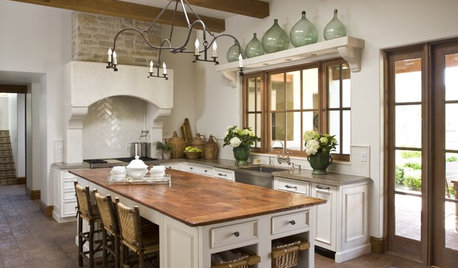
KITCHEN DESIGNSurprise Contender: Copper for Kitchen Countertops
Unexpected and full of character, copper is getting buffed for its growing appearance on the countertop scene
Full Story
COTTAGE STYLEHouzz Tour: Beach Shack Reborn as a Copper-Clad Cottage
A tranquil home with a copper exterior lets in ocean air, sunlight and greenery on a challenging site
Full Story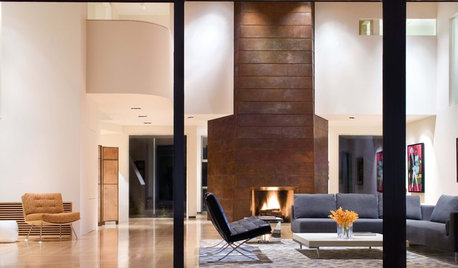
REMODELING GUIDESBask in the Glow of a Copper Fireplace
Double the warmth of your hearth with this metal's beautiful patina
Full Story
METALCopper: A Traditional Metal Gets a Shiny Update
Although the metal is no stranger to home design, these days its uses are downright brilliant
Full Story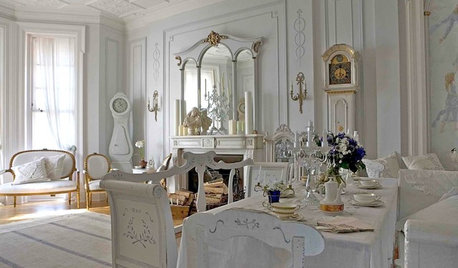
TRADITIONAL STYLEDecorating With Antiques: Luxurious Linens
Bring quality, comfort and a sense of old-world romance to your rooms with vintage tablecloths, sheets, napkins and more
Full Story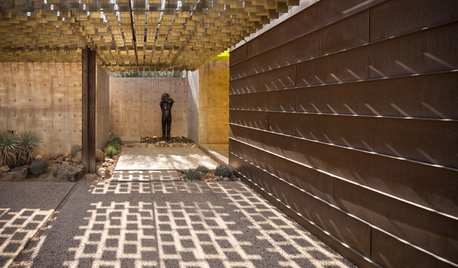
REMODELING GUIDESMetal Works Wonders With Home Exteriors
Whether they use steel panels, a copper skin or corrugated cladding, these metal home exteriors gleam with ingenuity
Full Story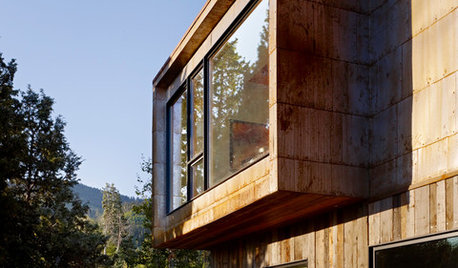
MODERN ARCHITECTUREDesign Workshop: Modern Metal Shingle Style
Steel, copper and zinc shingles take siding to new heights, with less maintenance than their wooden cousins
Full StorySponsored






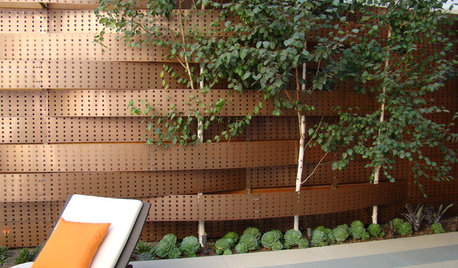
brickeyee
Konrad___far_north
Related Professionals
Pleasant Grove Furniture & Accessories · North Bellmore Furniture & Accessories · Fountain Hills Interior Designers & Decorators · Pooler General Contractors · Cedar Hill General Contractors · Delhi General Contractors · Kailua Kona General Contractors · Leominster General Contractors · North Lauderdale General Contractors · Redding General Contractors · Seabrook General Contractors · Lenexa Siding & Exteriors · Puyallup Siding & Exteriors · West Milford Siding & Exteriors · Somersworth Siding & ExteriorsplateaugalOriginal Author
brickeyee
plateaugalOriginal Author
Konrad___far_north
brickeyee
talley_sue_nyc
notdoneyet
brickeyee